Whether you admire the violent tension and subconscious animation of an automatic drawing, the dynamism and mystic aesthetics in Surrealist film, the heavy execution of oil in a classic renaissance canvas or the intrigue of a photograph, artist research is the best way to bolster your creative knowledge and portfolio.
In my Arts Award development, I was inclined towards macro photography, panoramic landscapes and minimalism. Some of my research included the socio-political angles of William Klein at the Polka Galerie, the candid portrait shots of Martin Parr, the realist-style of digital IPad/Surface art portraitist Roz Hall, the picturesque and nostalgic panoramic visions achieved by Tristan Quevilly and his striking rendering of common people.
Below are some inspiring top-tips to researching artists that I have discovered when doing my own Arts Award:
- Pursue a theme or concept
Get inspired. Find artists that relate to your area of interest. You could have a reverence for the beauty or frailty of the human condition captured by conceptual photographers Januz Miralles and Pierre Debusschere, or an awe of abstracted distortions from contemporary artists Aisha Zeijpveld and the Trompe-l'œil style of Valerie Hegarty.
But, how can you develop artistically? You could study art history and modern art insight on The Art Story. Support your initial ideas by researching an art movement. You could have a desire to explore shape, the external geometric form derived from Cubism (Georges Braque), Kinetic Art (Alexander Calder), Futurism, the Pop Art of Eduardo Paolozzi, Suprematism with Kazimir Malevich or Abstract Expressionism.
Alternatively, you could have a desire to employ a satirical balance of popular and politically-sensitive imagery, a subtle or overt commentary on the contemporary world. On that account, your critiques on society could be influenced by Dada (Marcel Duchamp and Hannah Höch), Street and Guerrilla art (Banksy) or Feminist art (Judy Chicago and The Guerrilla Girls).
Building up your understanding of art concepts and ideas will help you discover new artists and influences.
Subscribe to art blogs, digital magazines and gallery news sites
Allow yourself to be moved by new art. Scroll through photostreams and art feeds on Tumblr, Pinterest, Flickr or Instagram. Explore a classic online art magazine with a storied art history, Artnews or Artnet. Peruse through DeviantArt. Be immersed in a community of unbridled artistic passion on Artsy. Discover art studies on blogs. Note press releases online at Saatchi Gallery and TimeOut.
Art blogs (e.g. contemporary artist Andrew Salgado) are online journals, sites open for creative musing and catharsis. They provide personal context and the methods behind an artist’s madness. Only when you comprehend an artist’s intentions, their journey and insight, can you seek inspiration.
Visit galleries and exhibition shows
Seek out contemporary artworks in Tate Modern and Britain, V&A, Whitworth Art Gallery, Nottingham Contemporary or the Beaney House of Art and Knowledge, to name a few. Take your pick. Discover arts and cultural organisations on the Arts Award Supporter page on Voice.
You will need to confront an artist’s body of work to comprehend their ideas. For the most part, seeking out current exhibitions will be an unpressured meditative experience, a place to revitalise your imagination and to be in communion with creativity. Sketch. Sneak a photo. Talk to curators. When you discover current and upcoming exhibitions in gallery websites, you can take time to locate curator talks. Identify who is curating or showing work that resonates with your own. It’s about taking the time to grasp the characteristics of artwork, to truly get a sense of its magnitude and to ultimately gain insight into an artist’s creative ingenuity.
Make connections in artist workshops
Collaborate. Get involved in the arts world and in activities inspired by contemporary art processes. Integrate yourself into local art communities. Check out Hiive, Southbank Centre, Gothinkbig or Eventbrite, for instance, which have some great events that you can get involved in.
As a young photographer, I have been moved to experiment with the concepts of Abstraction and Minimalism in respect of a Dartford Bridge set design workshop I participated in through the Gold Arts Award. Allow workshops to support personal ideas and guide you in making informed artistic conclusions.
Interview
As art is often subjective and open-ended, interviewing is arguably the sole method of grasping an artist’s initial ideas and intentions. It was by interviewing people like contemporary mixed-media artist Sarah Fishburn, that I grew to love digital art for its magic realism and intrigue.
When you have found an artist of interest, discuss and seek creative advice. Artists can be the greatest and most impartial teachers. Go on their website or blog and search for their contact information. Email, call or plan a visit to their studio. Alternatively, make use of your connections and reach out to artists through them. Reach out if the said artist is present at an exhibition or gallery talk. Talk about early inspirations, style and techniques, symbolism, upcoming exhibitions and cultural ideas. Have their works been influenced by their own inner reflections and observations on society? Are they impulsive, regarding art as a cathartic instinctive process or a stream of consciousness? Or do they pursue symbolism and figurative imagery?
Review and respond
Within your body of research, you will have (hopefully) been able to place contemporary art in context and invigorated a personal relationship with your chosen artist! Personal interpretation is now integral in your artist research. Consider how these experiences have inspired you. Have your views changed since the early stages of your creative development?
Preserve your artist research for future reference and gain an artistic flair.
Check out my Photography final pieces, jojob_art Instagram page and Gold Arts Award Portfolio below for inspiration and ideas!


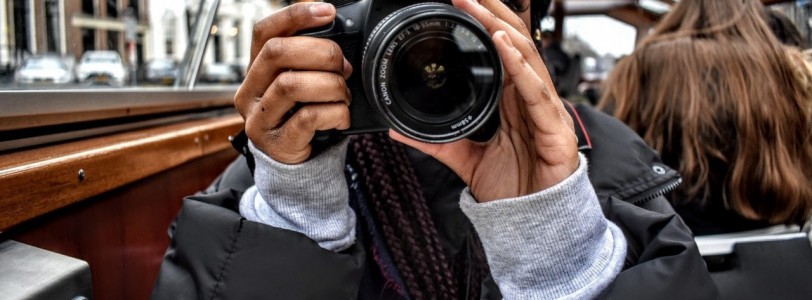
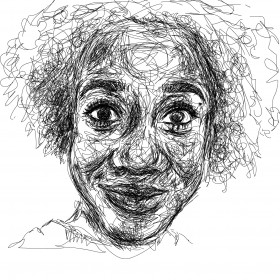
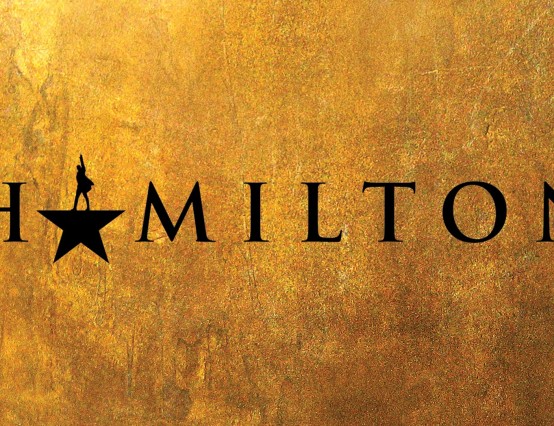
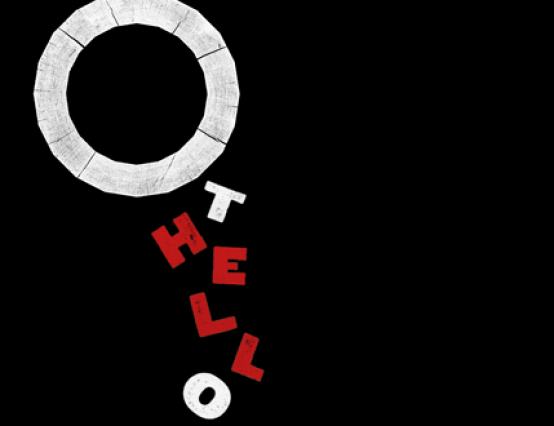
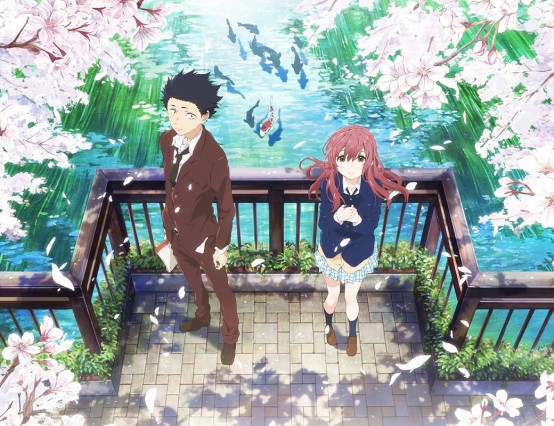
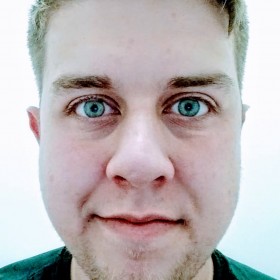

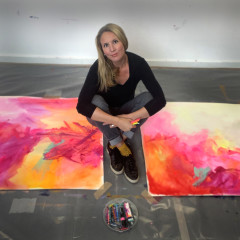
These tips are amazing!